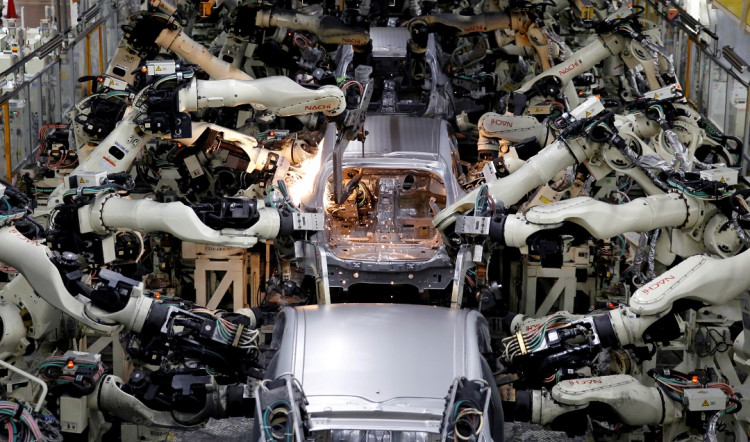Toyota will be transitioning the production of its Alabama assembly plant from Corolla cars to new sport utility vehicles (SUVs). The automotive manufacturer made its announcement on Wednesday indicating the shift in its $1.6 billion joint venture assembly plant's production moving forward.
The company originally announced plans to build the enormous facility back in January 2018. The facility is a joint venture partnership between Toyota and Mazda. According to Japan's largest automaker, the decision to shift the facility's production was due to the growing appetite of US consumers for light trucks and SUVs. The facility is expected to be in full operation in 2021.
Mazda previously announced that it would mainly be manufacturing its own SUV models at the joint venture plant, which is a 2,500-acre site just 14 miles away from Toyota's other facility in Huntsville. Toyota announced that it would be moving the assembly of its Corolla sedans to its plant in Mississippi. Alabama is currently the fifth largest producers of cars and trucks in the US, with more than 150 major automakers establishing their facilities in the state.
A week prior to the announcement of the decision to shift production, Toyota reported a 5 percent decline in sales for its Corolla sedans for the first half of the year in the United States. The company reportedly only sold around 152,868 units of the sedan in the first six months of this year.
Toyota did report a drop in its SUV sales as well, but it was only by 1 percent over the same period. Overall car sales for the company in the United States fell by around 8 percent compared to the same period last year. Overall vehicle sales in the United States have dropped by 2.2 percent for the first half of 2019.
Despite the growing demand for pickup trucks and SUVs in the United States, overall car sales in the country have been on a steady decline. Global automotive manufacturers have started to implement different strategies to address the issue. Some manufacturers have started to focus on reducing its overcapacity, while others have been pressured in raises their products' prices.
Automotive manufacturers have also started to make heavy investments in developing new electric technologies, in an attempt to ride the trend towards electric mobility. However, the strategy has taken its toll on some smaller companies who are already struggling with sluggish sales. Added pressures from environmental regulators have also pushed companies to accelerate their development of electric products, which has proven to be quite expensive.






